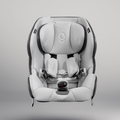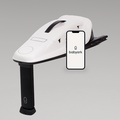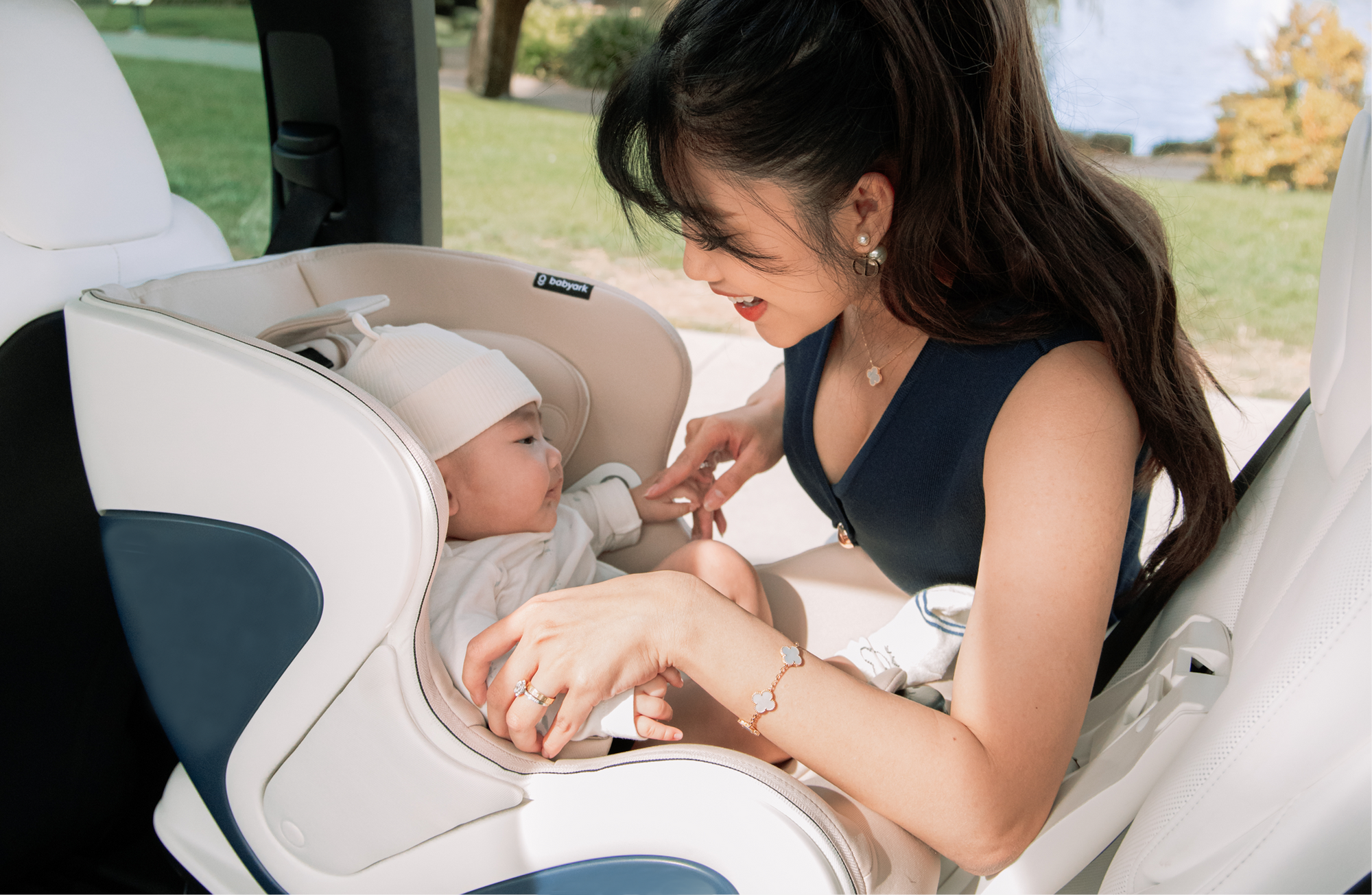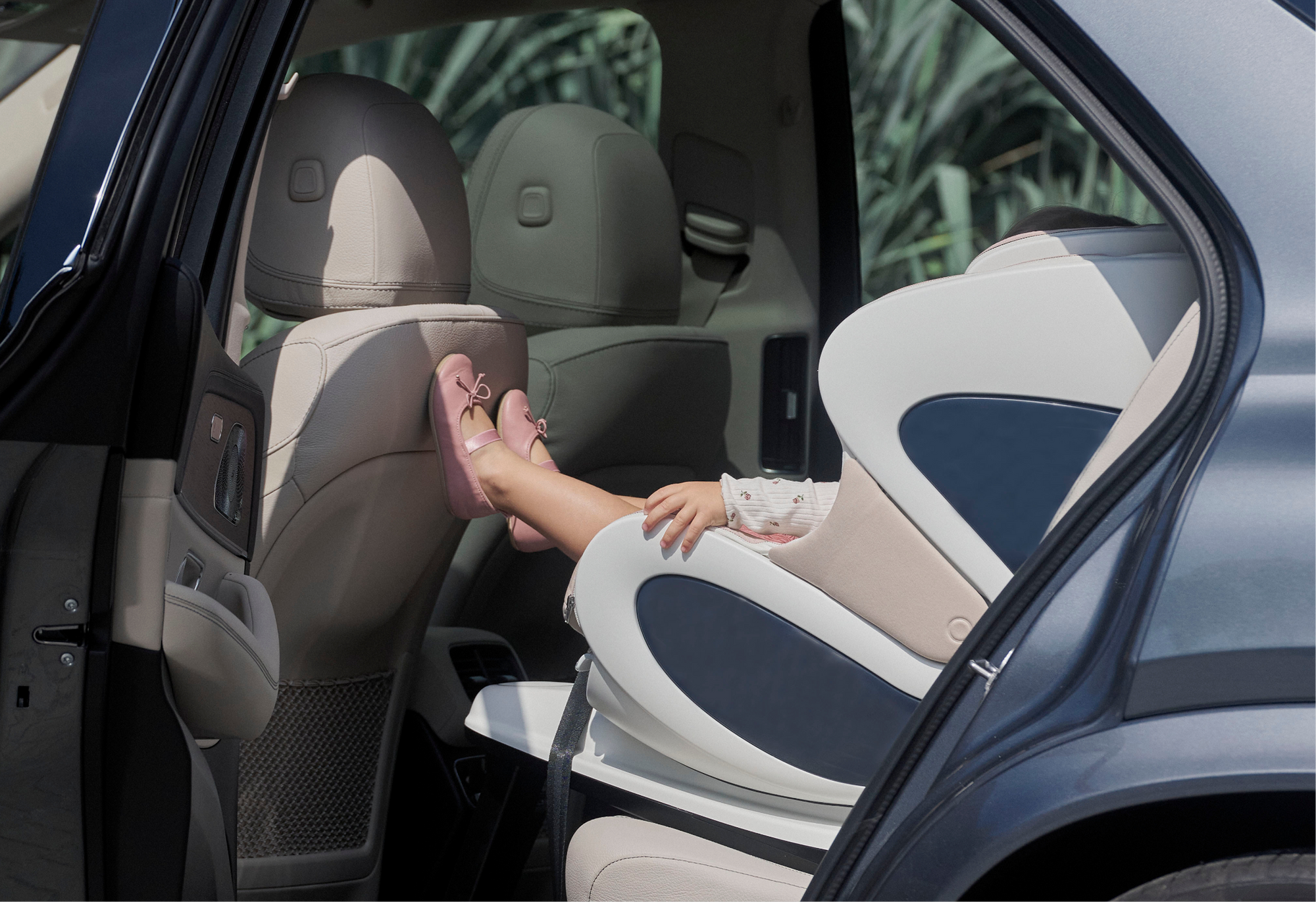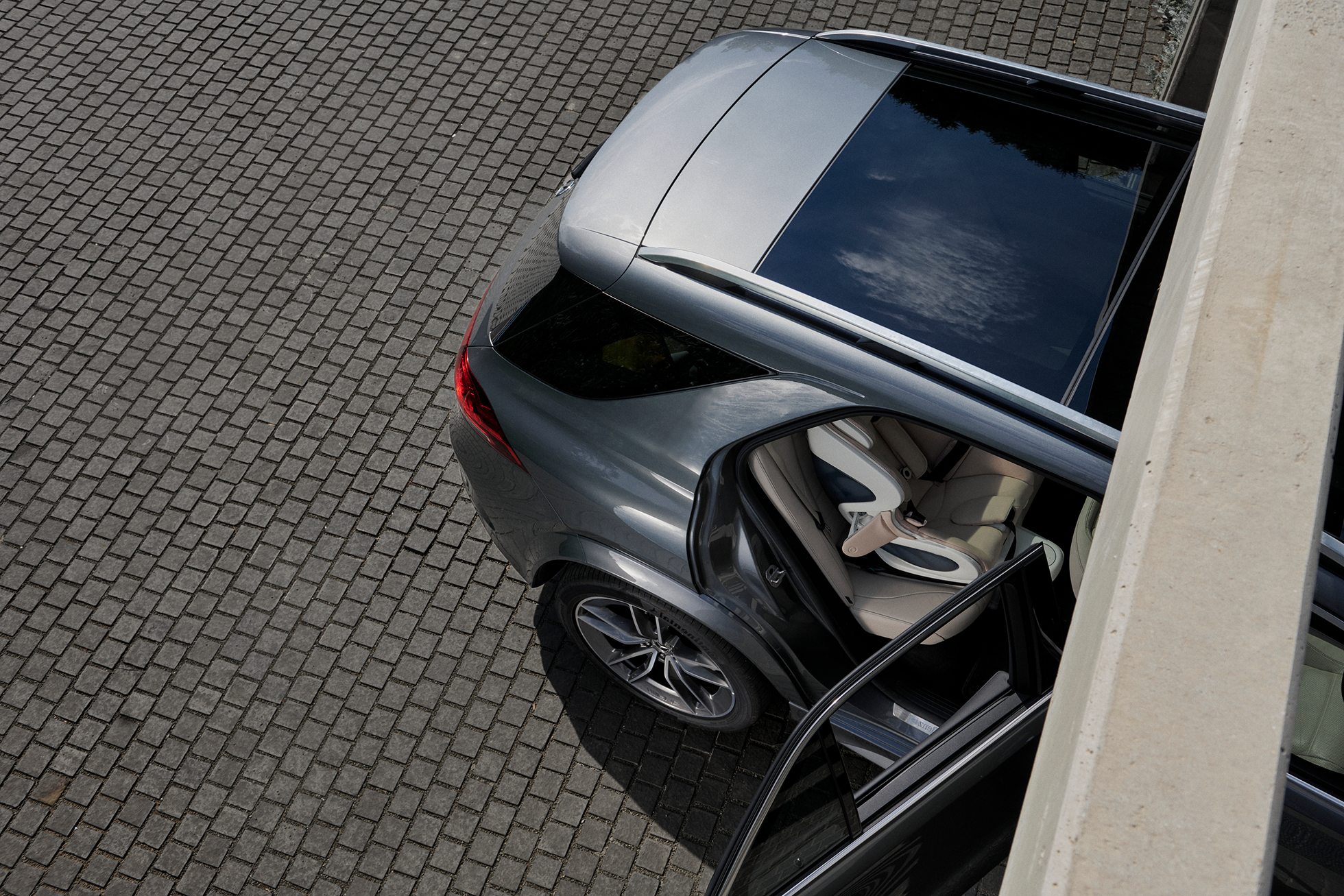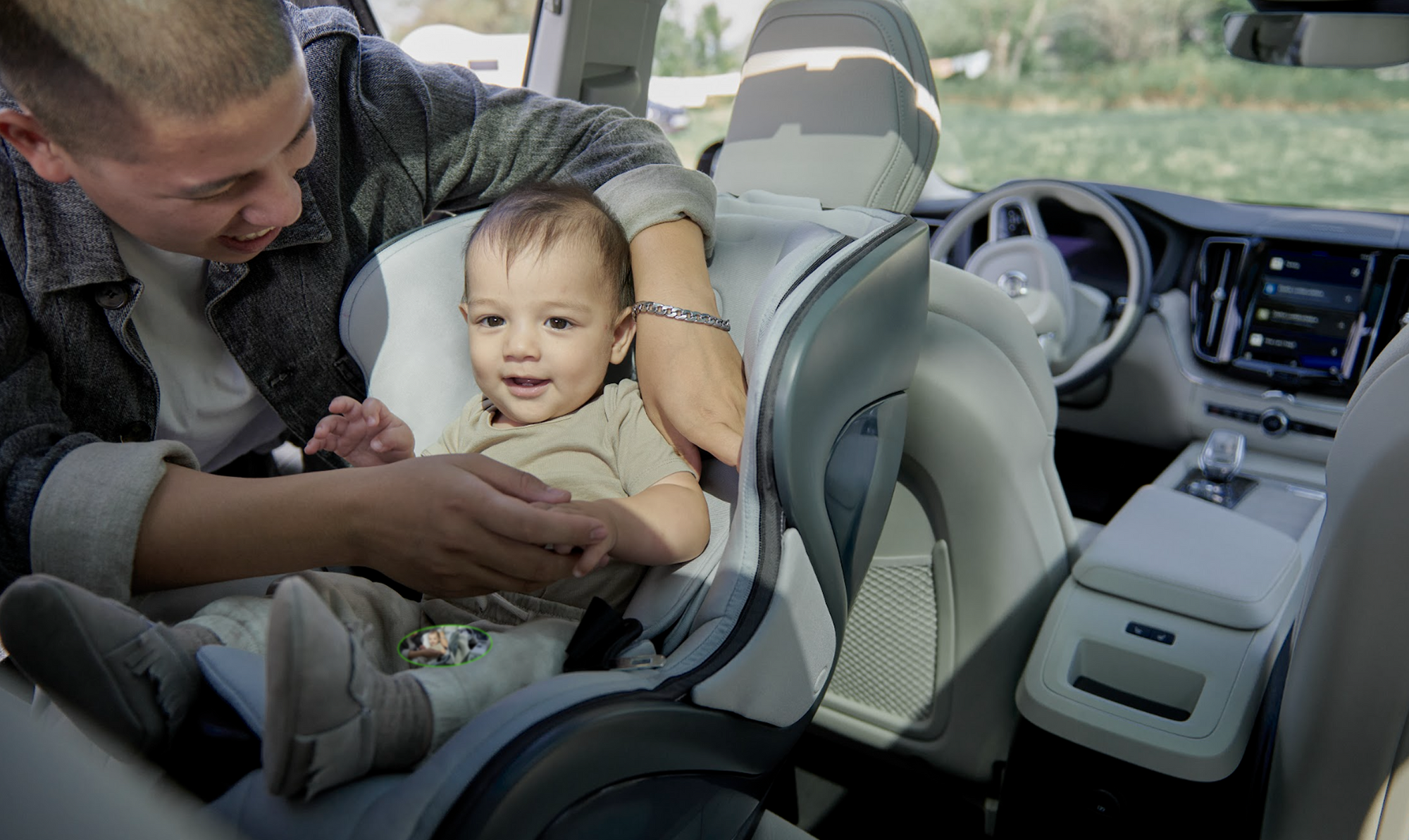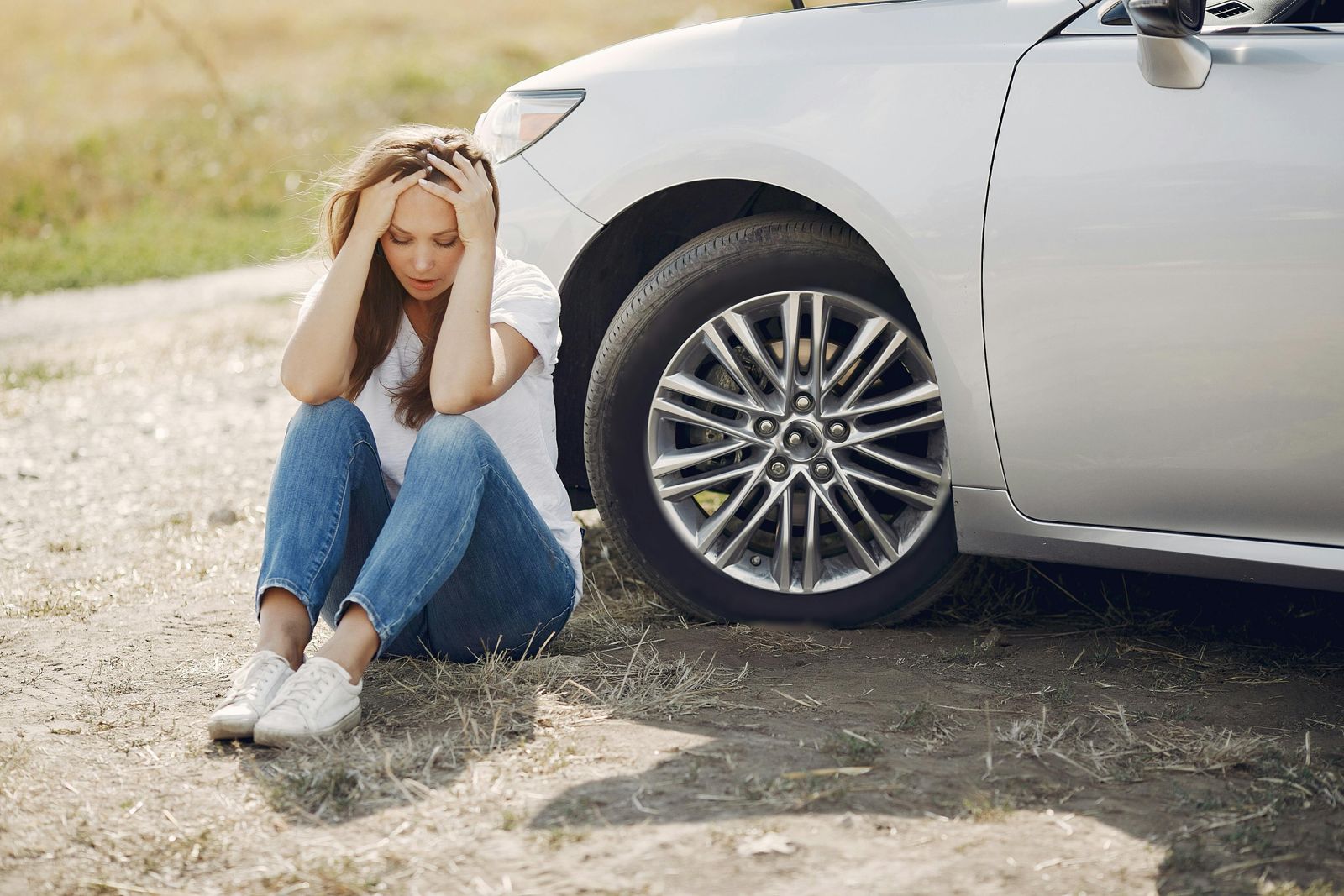The babyark Blog
When Should You Install Your Baby’s Car Seat? Here’s What (Not) to Do
You can’t leave the hospital without a car seat. But when’s the right time to install it? If you’re getting close to your due date,...
5 Common Myths About Forward Facing Seats, Busted
Understanding the right time to switch from rear-facing to forward-facing car seats is crucial for your child's safety. In this article, we’ll debunk some common...
Convertible Car Seat vs Infant Car Seat: Which to Choose
Confused about convertible vs infant car seats - what’s right for you? Learn key differences, when to switch, and why many start with a babyark...
Summer Potty Training (Yes, Even With Travel)
Master potty training, even during travel season! Our guide to toilet training for your toddler provides tips for success, whether at home or on the...
Preventing Hot Car Tragedies: What Every Parent Should Know About Forgotten Child Syndrome
Learn how to prevent hot car deaths and keep children safe with these tips, tools, and technology -including smart alerts like babyark's forgotten child alert.
Product Recs for Parents & Babies, Volume 6 - Britney Recommends, Part 2!
More product recs for parents of babies, infants, & toddlers. babyark CPST Advocate Britney with a 2nd round of must-buys, including car seat friendly toys!
Customer Service Like No Other: Parents Share Their babyark Service Stories
Parents share how babyark’s customer service made them feel supported and confident, from installation help to daily use. See why they call it “above and...
Why a 5-Point Harness for Your Child’s Car Seat Safety
Selecting a car seat with the right fit for our children is complicated, we know. And when it comes to safety features, there is a...
Crash Course: When to Replace Your Car Seat After an Accident
Car seats are one of the most important safety investments you’ll make for your child, but knowing when to replace one after even a small...

